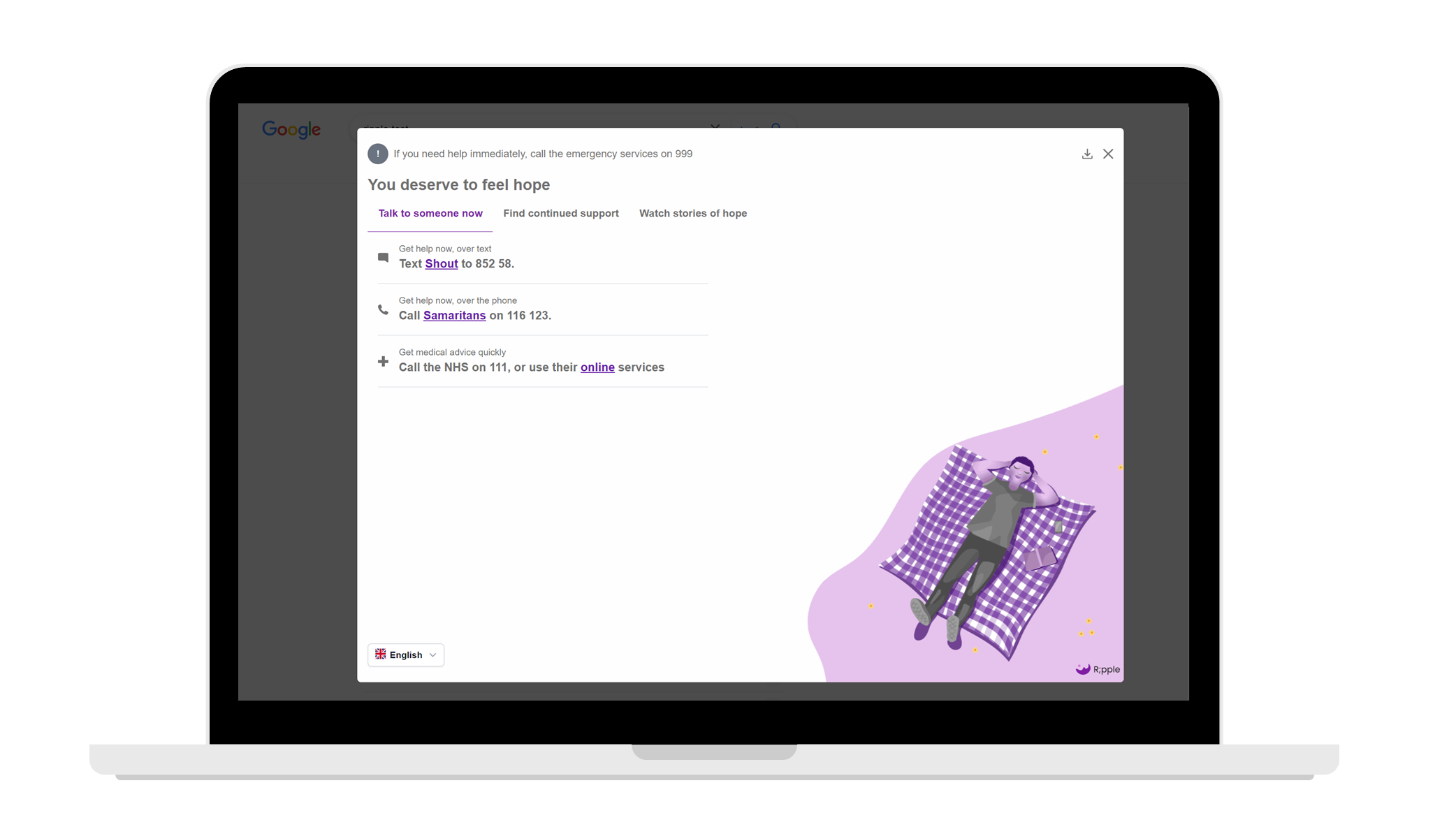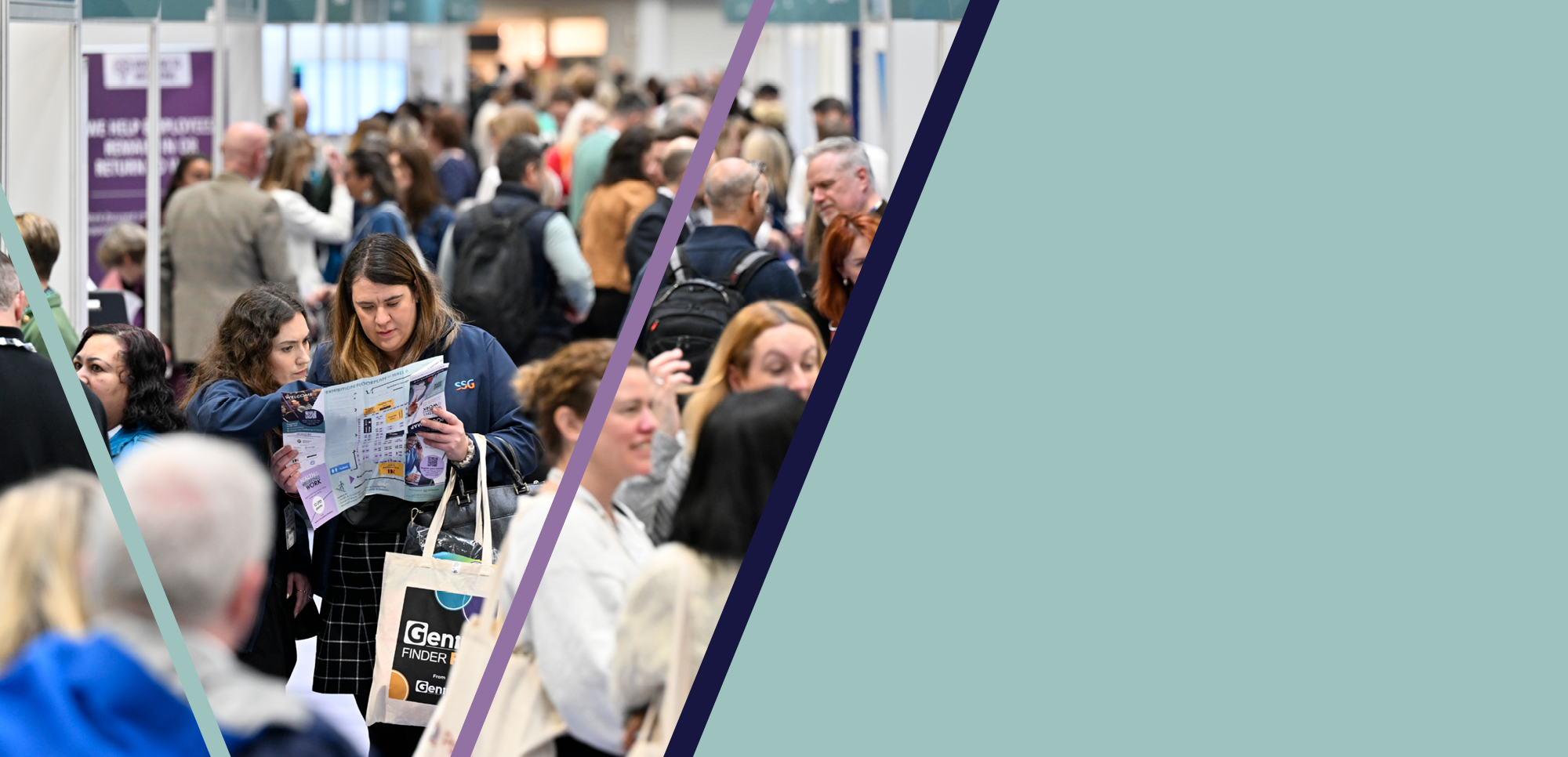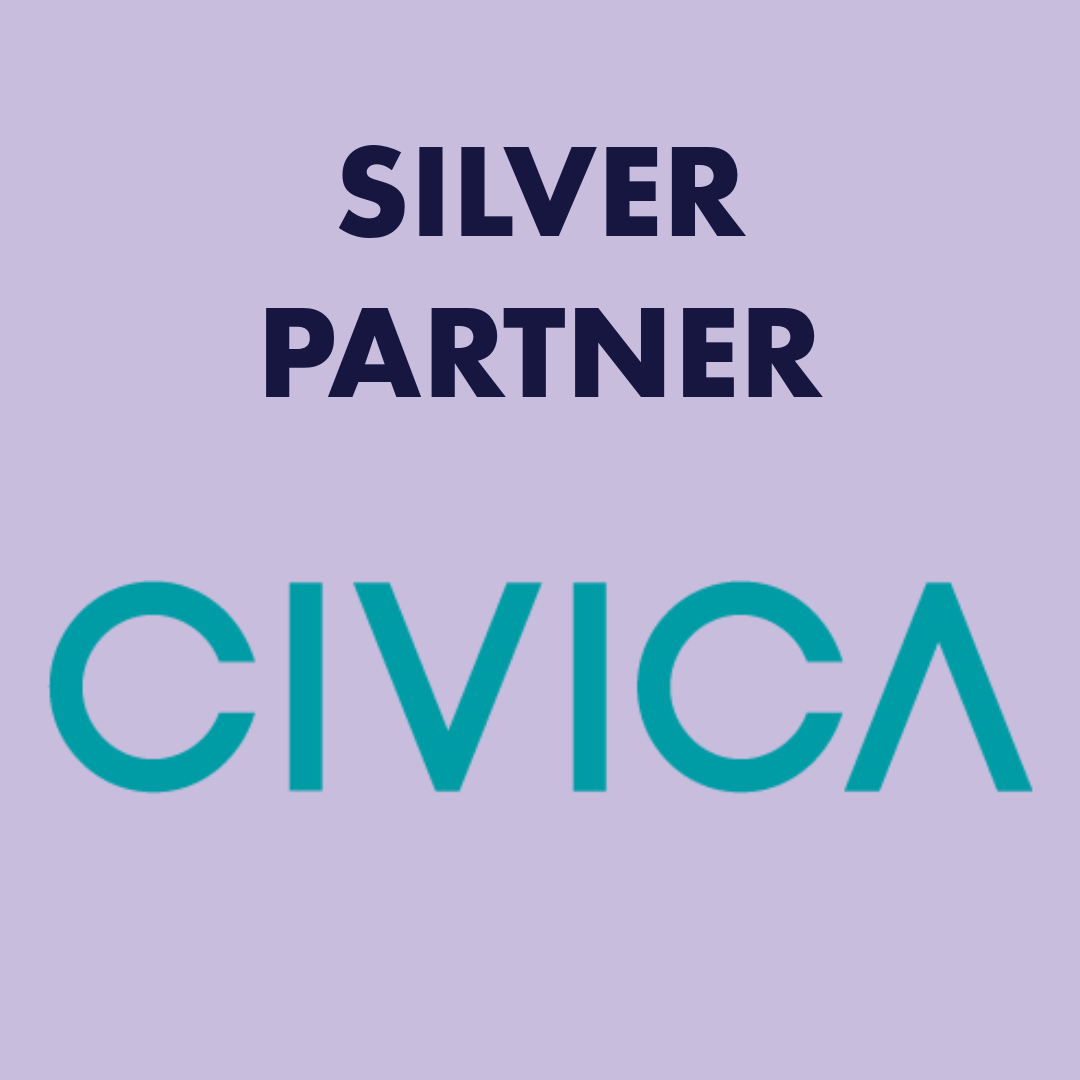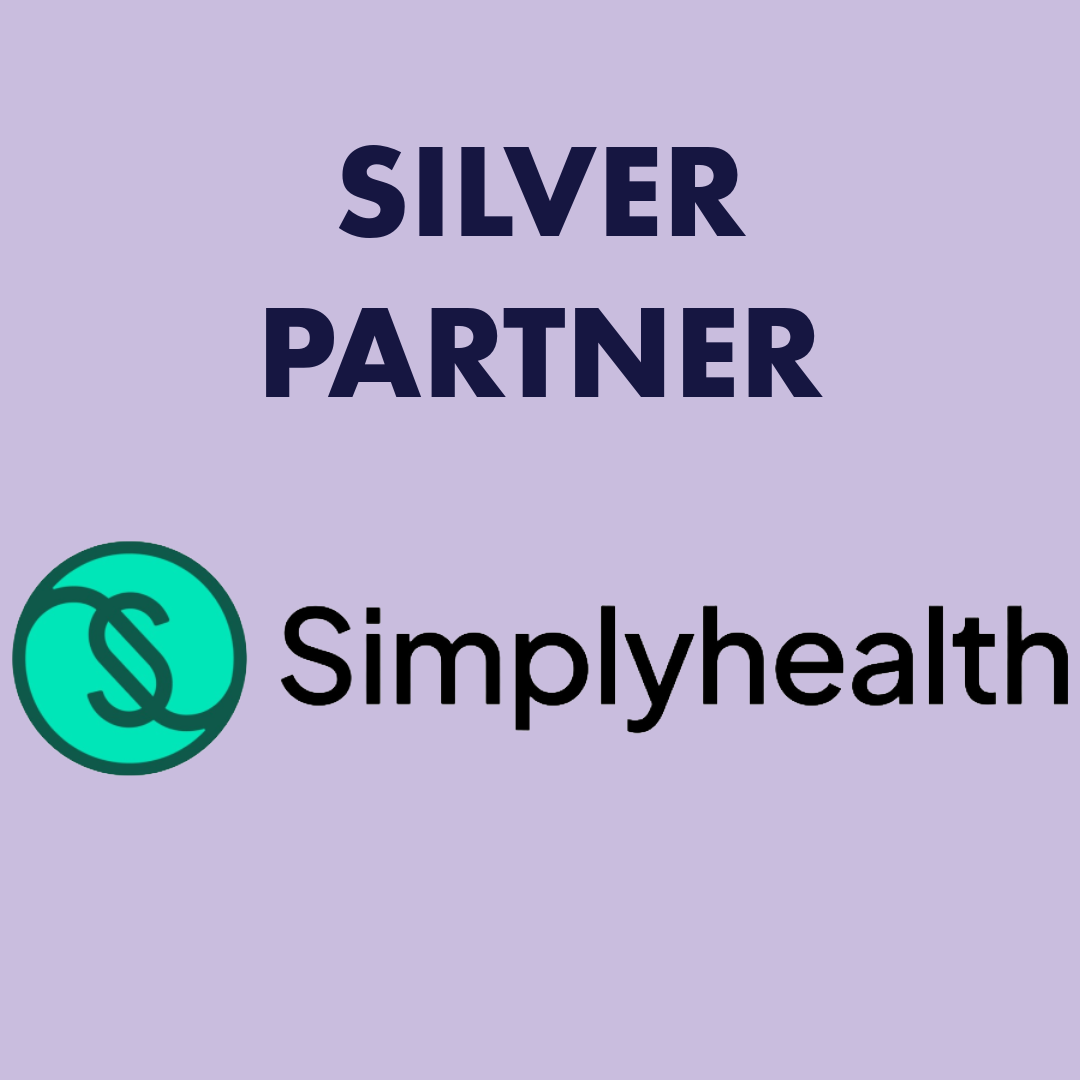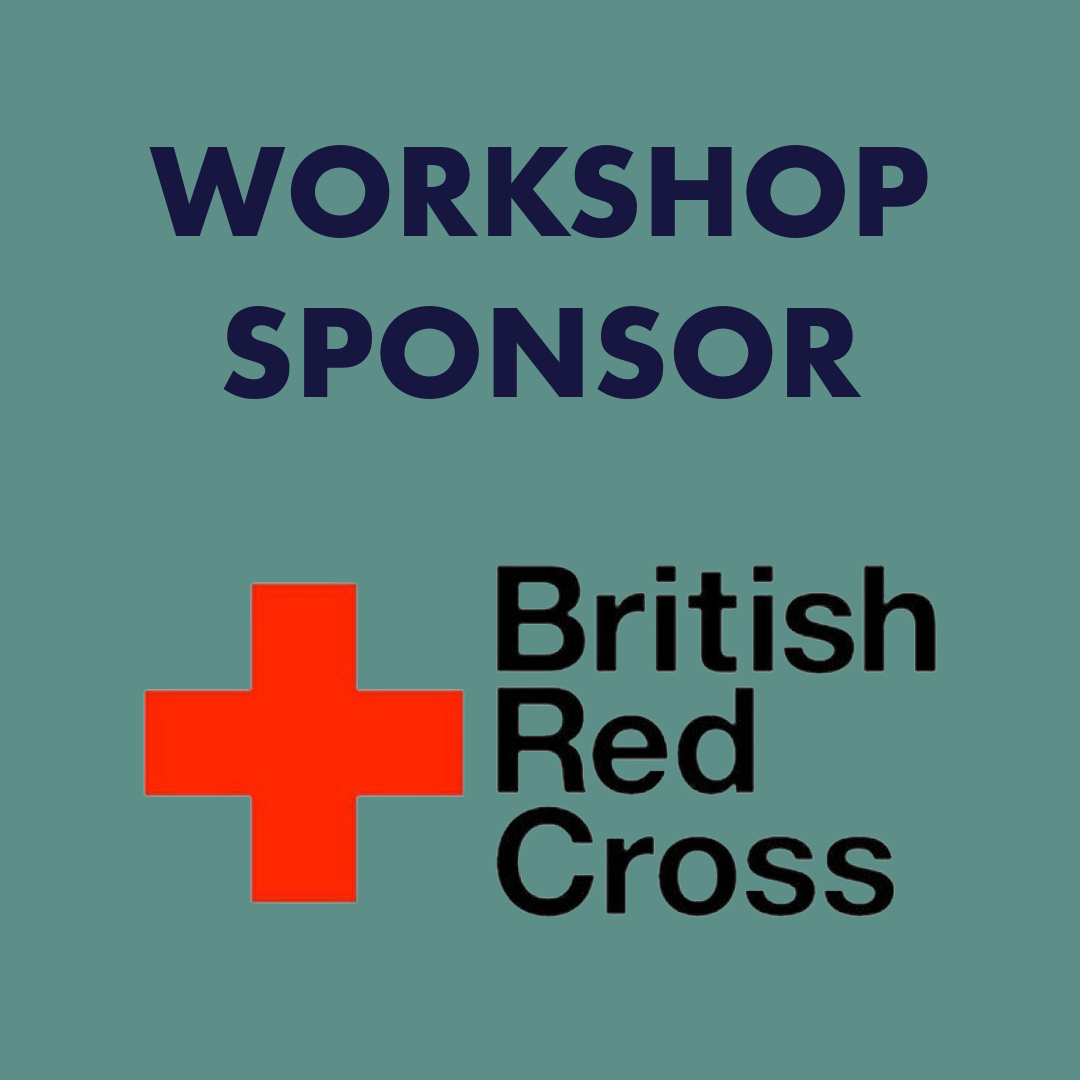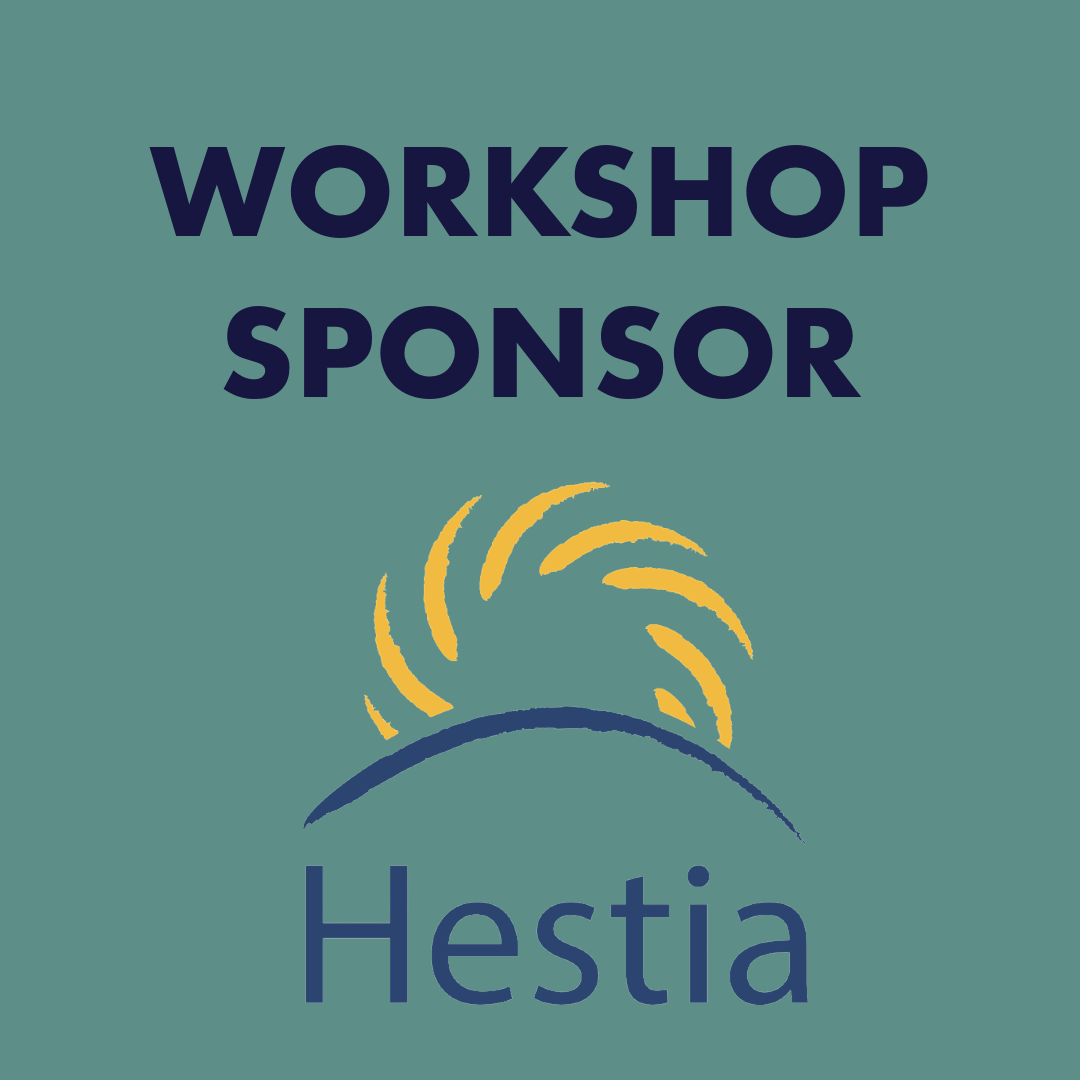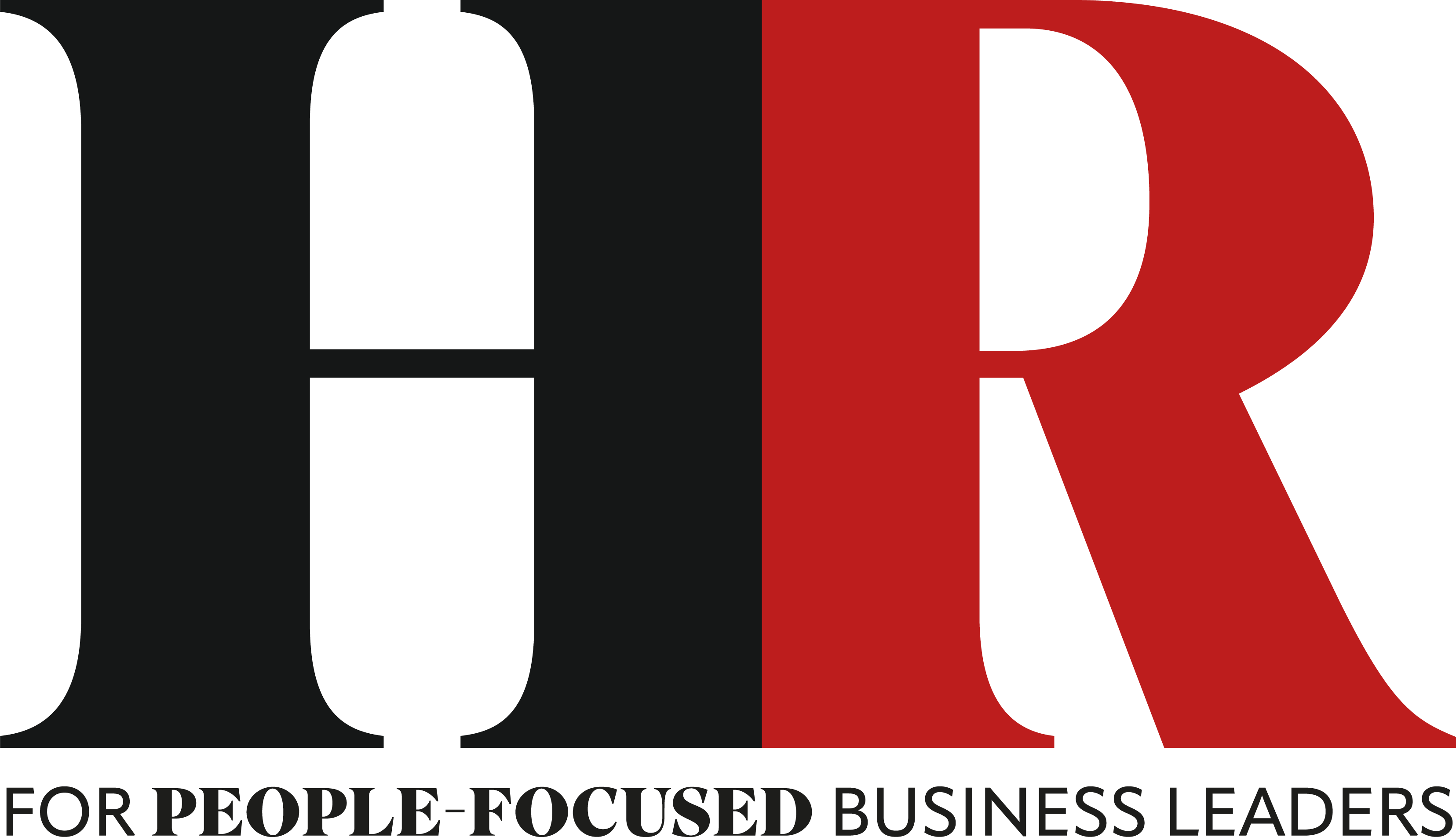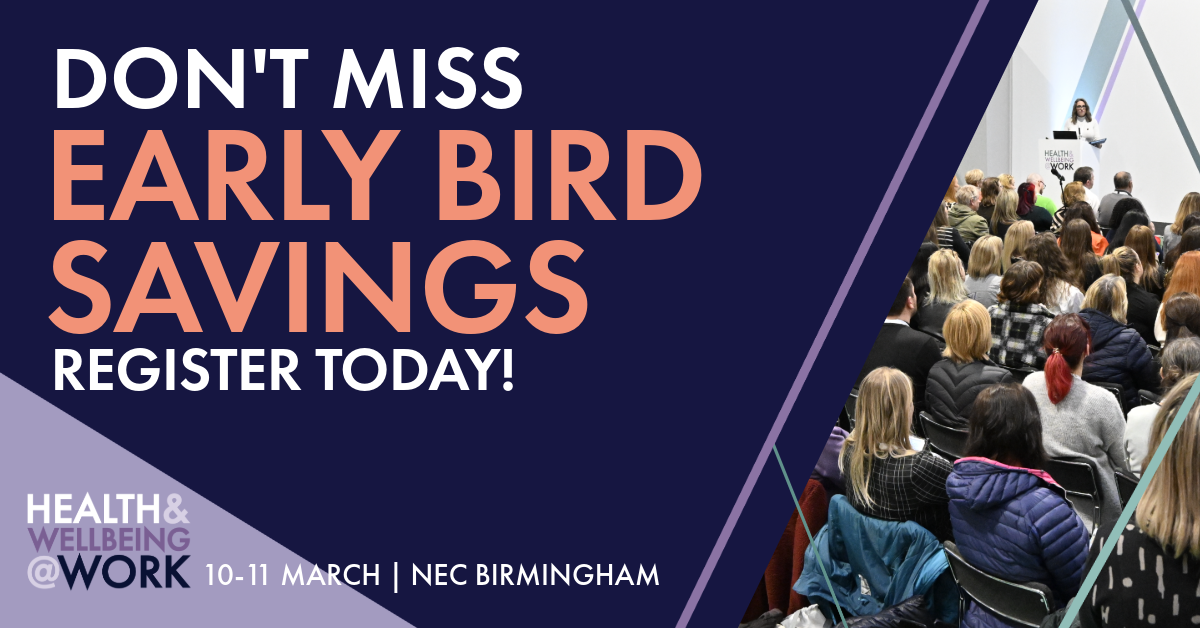No one wants to talk about suicide. 5 reasons why we must change this.
)
It was November 25th, 2020, 5:28 in the morning, that we got a knock on the door from the police. They sat my parents down and said they'd found somebody. They believed it to be Josh. Josh had taken his own life.
Josh was my younger brother, my only sibling. He was just 21 years old.
Since then, it has become my life mission to prevent suicide. You can watch my story here.
Suicide is a tough topic to handle, and it still stays aside the priorities of many business and public-sector organisations. Yet, there are multiple reasons why it should be on top of any employer’s agenda.

1. Suicide is a burning problem
Suicide is the leading cause of death for people in the UK under 35 and the leading cause of death for men under the age of 50 (ONS).
At least 650 suicides each year are due to pressures at work (National Hazards Campaign).
Beyond these alarming statistics are the profound human costs - lost lives, unfulfilled dreams, devastated families, friends, colleagues and communities.
While specific industries, like construction, veterinary, and healthcare, are known to have suicide risks much higher than those of the general population, no individual, business or industry is secured against suicide.
2. The signs can be easily missed
Some of the signs that someone might be thinking of taking their own life can easily be left unnoticed by their friends and family, and even more by colleagues and managers.
Such signs include but are not limited to:
- Expression of thoughts or feelings about wanting to end their life.
- Expression of isolation, loneliness, hopelessness, or loss of self-esteem.
- Withdrawal from colleagues.
- Decrease in work performance or difficulty completing tasks.
- Changes in behaviour, such as restlessness, irritability, impulsivity, recklessness or aggression.
- Speaking about arranging end-of-life personal affairs such as making a will.
- Abuse of alcohol or other substances.
- Depressed mood or mentioning of previous suicidal behaviours.
- Bullying or harassment.
- Particular attention should be paid to people who are losing their job.
3. Multiple factors increase suicide risk
Suicide is a complex phenomenon, shaped by a combination of different individual, community, and societal factors interacting with each other to increase risk.
Multiple workplace factors can contribute to an increased risk of suicide, including low job security, low pay, job-related stress, access to lethal means, long work hours, shift work, workplace bullying and more.
In addition, certain conditions are proven to be closely linked to increased risk of suicide:
- Mental ill health: Nearly half of 17–19-year-olds with a diagnosable mental health disorder have self-harmed or attempted suicide at some point (NHS). More than 90% of people who fall victim to suicide suffer from depression, have a substance use disorder, or both. (Addiction Centre)
- Financial struggles: People with problem debt are 3 times more likely to have had recent suicidal thoughts. (Money and Mental Health)
- Alcohol and substance misuse: People who abuse substances or have an alcohol addiction are up to 14 times more likely to die by suicide than others. (Wilcox HC, Conner KR, Caine ED, et al.)
- And more
4. Suicide has an invisible accomplice
A simple search on any search engine or social media platform can bring numerous results about ways to take your own life, advice on how to do it, encouragement to do it and more.
Globally, 1.2 million internet searches for ways to take your own take place life every month. (Suicide forum)
Suicide-related internet use was found in 26% of deaths in under 20s, and 13% of deaths in 20-24 year olds (The LANCET & UNIVERSITY OF MANCHESTER).
A recent study by Ofcom found that major search engines can act as one-click gateways to harmful self-injury-related web pages, images and videos. Furthermore, 1 in 5 ‘self-injury’ search results glorifies, celebrates or instructs harmful behaviour. (Ofcom, 2024)
Access to harmful online content related to suicide and self-harm can push vulnerable individuals further down the path of self-destruction.
This was the case with my own brother and the reason why I created R;pple Suicide Prevention. For months Josh had been searching on the internet for ways to take his own life, and there was nothing there to stop him and protect him in his darkest hours.
R;pple is a digital crisis intervention tool that works as an invisible online guardian. If anyone is searching for harmful online content, the R;pple tool intercepts the search, helps the person pause and reflect and signposts them to 24/7 free mental health resources they can access immediately and in the longer term. To date, R;pple is protecting close to 2 m people, has intercepted almost 50,000 harmful searches and continuously saves lives to suicide. The R;pple tool is available as a browser extension and through Wi-Fi integration; you can learn more about it here.
5. The role of workplaces in suicide prevention is more significant than you may think
Workplaces are an essential setting for suicide prevention efforts. In the workplace, where many spend a significant portion of their lives, the importance of a proactive approach to suicide prevention is significant.
Suicide is preventable with timely, evidence-based interventions.
By taking a holistic approach to mental health and suicide prevention, employees can form a safety net that actively safeguards individuals when they are most vulnerable. Steps employers should take to create a suicide-safer workplace include:
- Reduce the stigma of suicide and encourage open communication;
- Provide access to mental health and suicide prevention training for all staff;
- Install smart tech such as R;pple to intercept web searches relating to self-harm and suicide;
- Reduce work-related stress & provide stable employment;
- Focus on financial well-being and provide support for financial struggles;
- Combat loneliness by creating a workplace that prioritises social inclusion.
HR leaders play a crucial role in building safer, more supportive workplaces for all. By starting the conversation and taking a proactive approach to suicide prevention, you can create a culture of openness and support where no one is left alone with their struggles.
* * *
If you have been affected by suicide, you are not alone. If you or someone you know is experiencing suicidal thoughts, talk to someone, let them know what is going on and ask for help:
- In an emergency – call 999
- Get support: SHOUT / CALM / Samaritans / Hub Of Hope
About Alice

Alice Hendy MBE is the Founder and CEO of R;pple Suicide Prevention Charity, a One Young World Ambassador, TEDx Speaker, and winner of 32 awards in the mental health and innovation space.
Alice’s work in suicide prevention and mental health is driven by a personal tragedy and the will to bring hope to millions around the world.
In November 2020, she lost her brother, Josh, to suicide at the age of 21. Josh had been researching over the internet techniques to take his own life – and he was not alone. Globally, an alarming 1.2 million online searches linked to suicide occur each month.
Determined to ensure more help and support is given to individuals searching for harmful content online, Alice set up a tech charity called R;pple Suicide Prevention. R;pple is a digital tool designed to intercept online searches related to self-harm and suicide, providing mental health resources to individuals at a time when they are most vulnerable. With millions of downloads worldwide, R;pple is intercepting thousands of harmful online searches, continually saving lives from suicide.
Find out more at: www.ripplesuicideprevention.com
